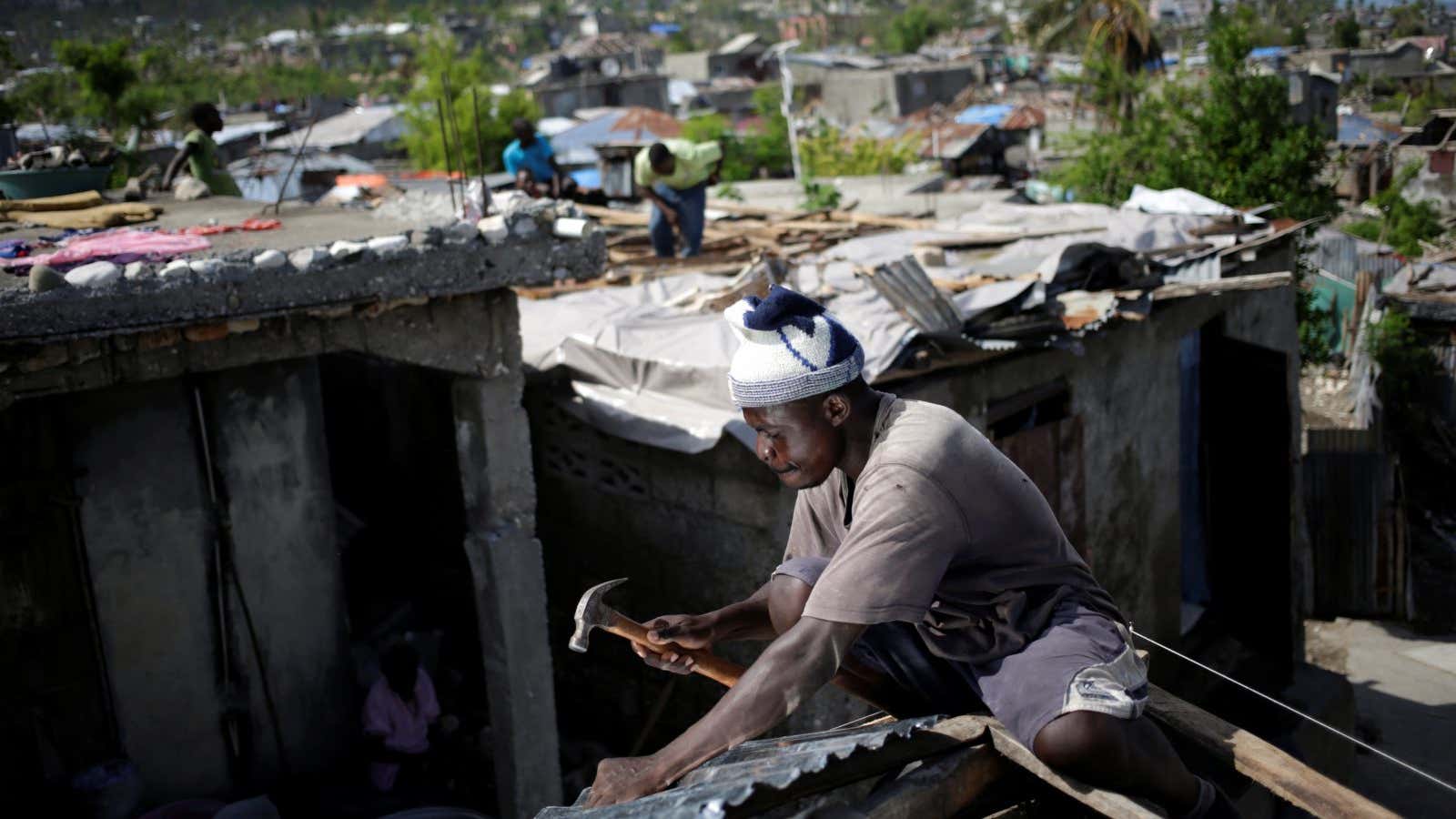There’s an irony at the heart of climate change. Rich, industrialized nations created and have historically benefitted from most of the world’s carbon emissions, and those with large and fast-growing economies are pumping out carbon in an effort to catch up. But it’s the countries that are still poor that will feel the effects first.
Now, those countries at the sharp end of climate change are shaming the energy-intensive giants. Last week, 47 vulnerable countries promised to try to move to 100% renewable energy by 2050. And they want to push places like the US and China—the world’s top emitters, which still get most of their energy from coal and gas—into making similar commitments.
“We don’t know what countries are still waiting for to move towards net carbon neutrality and 100% renewable energy,” said Edgar Gutierrez, Costa Rica’s minister for energy and the environment. “All parties should start the transition, otherwise we will all suffer.”
Costa Rica is ahead of the curve. For much of the year the country uses its large hydropower resource to produce all the electricity it needs.
Only a handful of countries make enough electricity from renewables to call themselves 100% green. For most, it will take two big changes to really make the move: better storage of energy, which requires breakthroughs in battery technology, and (a related challenge) moving all transport to renewable fuels.
The Climate Vulnerable Forum (CVF), which made the statement on 100% renewable power on Nov. 18 at this year’s global meeting on climate in Marrakech, Morocco, is a collection of countries that first organized back in 2009, and have lately become increasingly vocal.
It includes several island nations such as the Marshall Islands and the Maldives, which are particularly vulnerable to rising sea levels, and countries in Africa where droughts and other extreme weather are exacerbating existing problems like lack of food. At the COP21 meeting in Paris last year, where countries agreed to limit global warming to below 2ºC, the CVF called for a more ambitious upper limit of 1.5ºC.
It is of course easier for poor countries with small populations to make the switch to 100% renewable energy than it is for large, rich economies that need a huge infrastructural and cultural shift. But poor nations also have further to grow and less to spend on it. Rich countries have agreed to spend $100 billion a year from 2020 helping them.
At the same time those rich nations till need to be reforming their own energy systems. And for most, 100% renewable is a very distant possibility. In 2014, 19.2% of global energy came from renewable sources, according to REN21, which monitors energy production worldwide. Almost all the rest came from fossil fuels.
